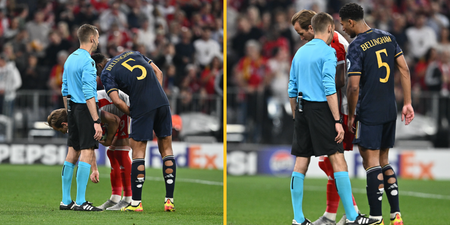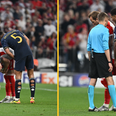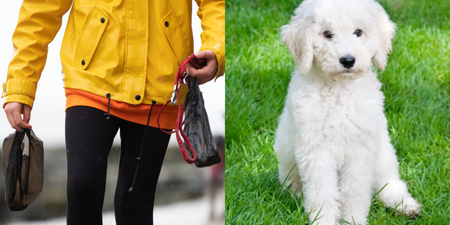The IOC has said they don’t believe current guidelines are relevant anymore.
The International Olympic Committee (IOC) has said that it will be releasing new rules and guidelines on how transgender athletes are allowed to compete.
There has been a huge amount of debate and controversy surrounding weightlifter Laurel Hubbard’s participation in the women’s 87kg+ event, with the New Zealander becoming the first openly trans athlete to compete at an Olympics.
But whilst her participation has been praised by some for promoting inclusivity, others have argued that it sacrificed the fairness of the sport believing that Hubbard had an unfair advantage over her female competitors because she had gone through male puberty.
Hubbard fell at the first hurdle in her event after failing to complete a legitimate lift.
In 2015, the IOC made amendments to its qualifying guidelines, allowing trans athletes to compete in women’s events.
The guidelines stated that as long as an athlete’s levels of testosterone were 10 nanomoles per litre for at least 12 months prior to competition, they were eligible to compete.
The IOC have since revealed they don’t believe this ruling to be relevant anymore.
The organisation’s medical and science director, Dr Richard Budgett, said they will be looking to introduce new framework.
A few days before Hubbard competed, Budgett said: “I absolutely accept that, things move on. At the time the 10 nanomoles per litre was set because we thought that was the lower level for men.
“We know now that they go down to seven and women can be higher as well. Agreeing on another number is almost impossible and possibly irrelevant. You can debate that endlessly.”
Related links:
First trans Olympian Laurel Hubbard given ovation after first-round knock out
Laurel Hubbard makes history as first transgender athlete to compete at Olympics
IOC praises trans weightlifter Laurel Hubbard before athlete’s Olympic debut
He insisted that fairness as well as inclusion will be focused on while drawing up the new rules, but hinted that the guidelines will probably allow individual sports to choose what they want rather than one rule across the board.
“There is some research, but it depends on whether you are coming from the view of inclusion as the first priority or absolute fairness to the nth degree being the priority,” he said.
“If you don’t want to take any risks at all that anyone might have an advantage, then you just stop everybody. If you are prepared to extrapolate from the evidence there is, and consider the fact the have been no openly transgender women at the top level until now, I think the threat to women’s sport has probably been overstated.”
He explained how there is in important difference to note between trans athletes and sports such as top level rugby. In sports such as this, decisions and guidelines would be based on safety.
“It may be the right thing to do in many sports, because it is at the most elite level in their case that they are concerned about safety,” he said.
“As you come down from that level you can start to prioritise inclusion more than safety. You can understand it. I think there is a legal element to this as well, they have really prioritised safety.”











































